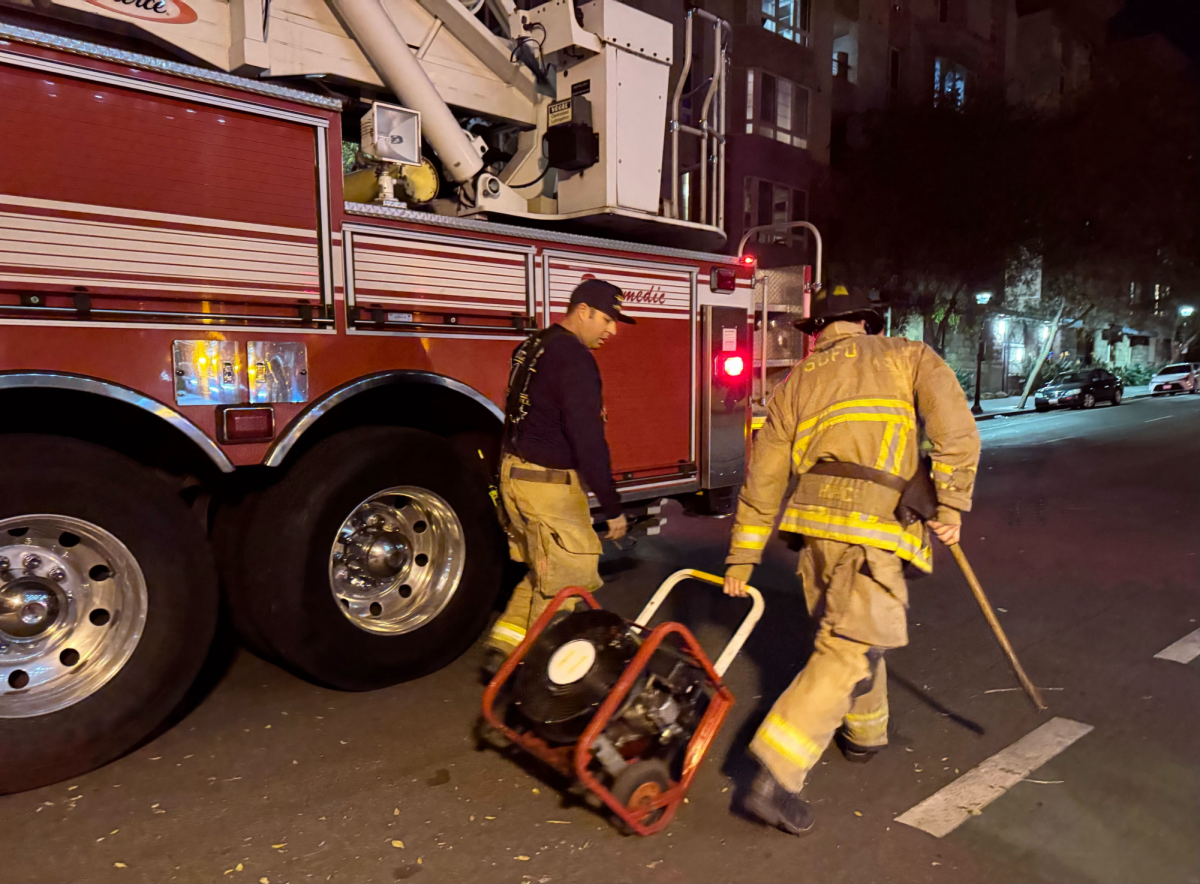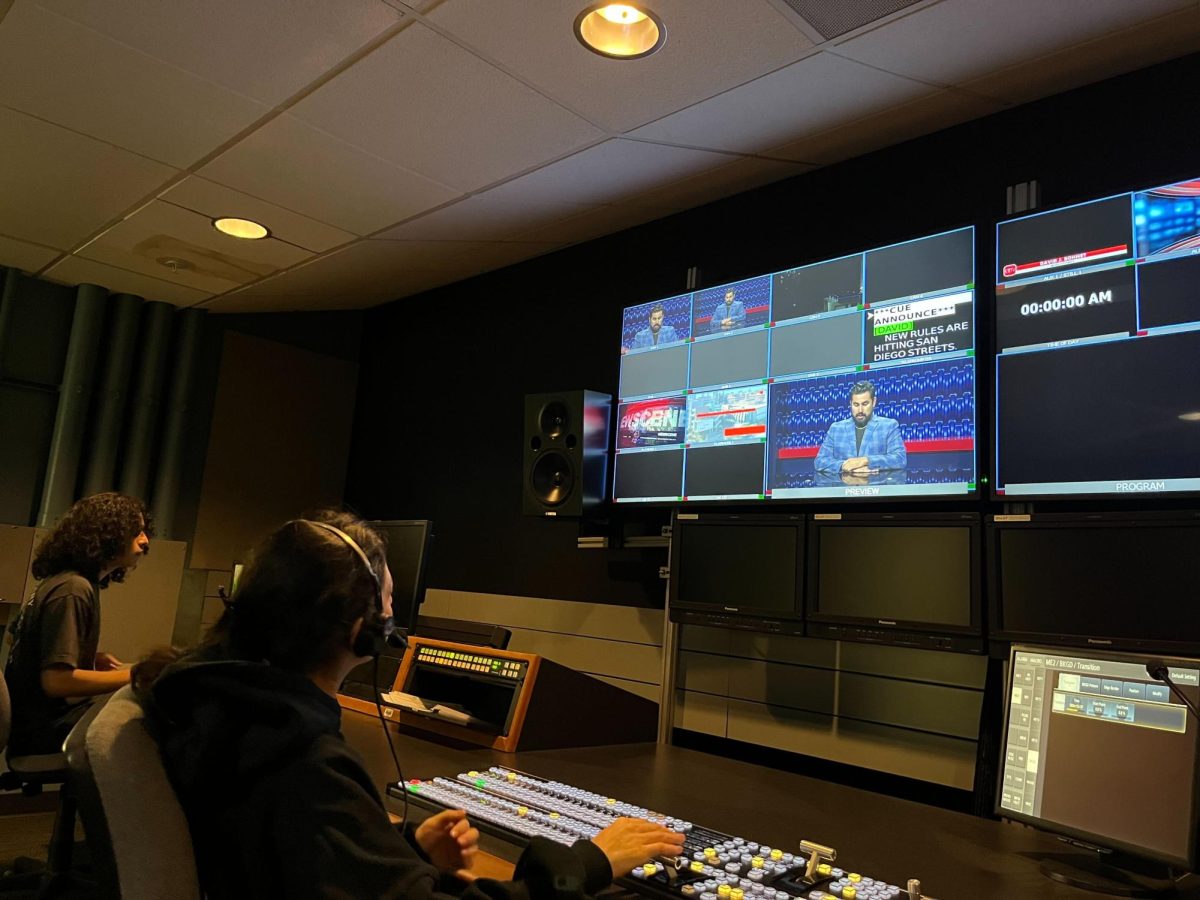A few years ago, adjunct professor Paul Watson asked executive directors of youth-focused organizations across San Diego what they desired in a new employee.
The directors tended to agree on two key attributes: youth-specific training and a bachelor’s degree. With this in mind, Watson created Human Services 106, Introduction to Youth Development Work.
Watson also teamed with psychology professor Veronica Ortega Welch to establish City College’s Certificate of Performance in Youth Development Work.
Today, HUMS 106 provides the training those executive directors wanted, while the six-course, 16-unit path to the certificate keeps students moving toward bachelor’s degrees.
According to the City College Catalog, the certificate is intended for “current and potential frontline community youth development workers … in a variety of settings, including public and private after school programs, service related agencies, recreational programs and job development centers.”
Watson added that the certificate is an early step on “a career pathway.”
Antolin Rodriguez earned the certificate in 2009 and considers the coursework a valuable part of his education in health and human services.
“It’s very important to me to understand as best I can the different ages, especially youth and children,” Rodriguez, an aspiring community health worker who is currently studying child development, said. “That stage in life is when the big decisions are made that are going to impact the rest of your life.”
Watson, who has worked in youth development for more than 30 years, also teaches at the San Diego campus of Springfield College. He said nearly a dozen of his students at Springfield this semester once took HUMS 106 at City College and are now pursuing bachelor’s degrees in human services.
These students, some of whom hold the certificate of performance from City College, plan on earning concentrations in “community youth development and leadership” with their Springfield degrees.
The 2010-11 edition of the Bureau of Labor Statistics Occupation Outlook Handbook pegs the median annual wages of these workers at $39,530 as of May 2008. Watson cautioned that the field’s higher-paying jobs usually require at least a bachelor’s degree.
Youth development is “under-capitalized,” Watson said, meaning it doesn’t get the funding it needs. This limits wages, so people looking for youth work are often after more than “just cashing a paycheck.”
“Usually it’s somebody who has a deep sense of wanting to make a career of helping other people,” Watson added.
Some HUMS 106 students participated in youth development programs when they where younger and are now looking to give back — or to provide support that wasn’t there before.
Other students work in fields unrelated to youth work and are considering a “more rewarding and fulfilling career,” Watson said.
“Professor Watson’s HUMS 106 is interactive,” Jill Miller, a class member, said “We talk about our role in society, understanding youth, and moving forward within a system that does not [adequately] value its young people.”
Students pursuing the certificate are encouraged to attend San Diego’s annual Youth Worker Conference, which Watson and Ortega Welch help organize. Attendees hear from experts, discuss trends and the best practices in youth work.
“What we’re trying to do is really develop a community among youth workers,” Watson said.







